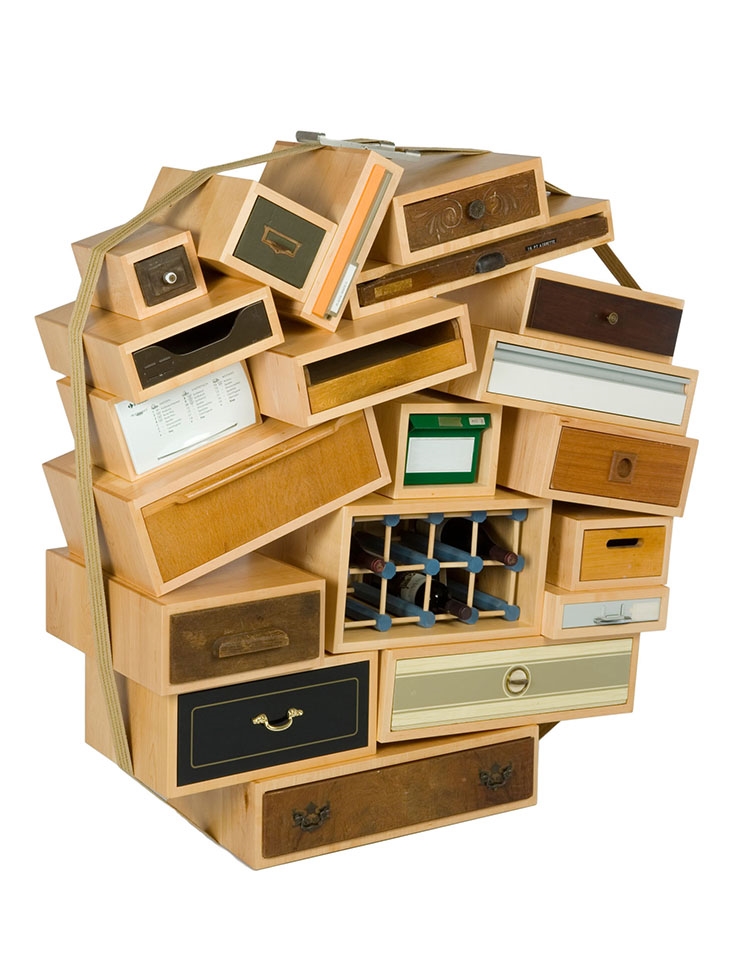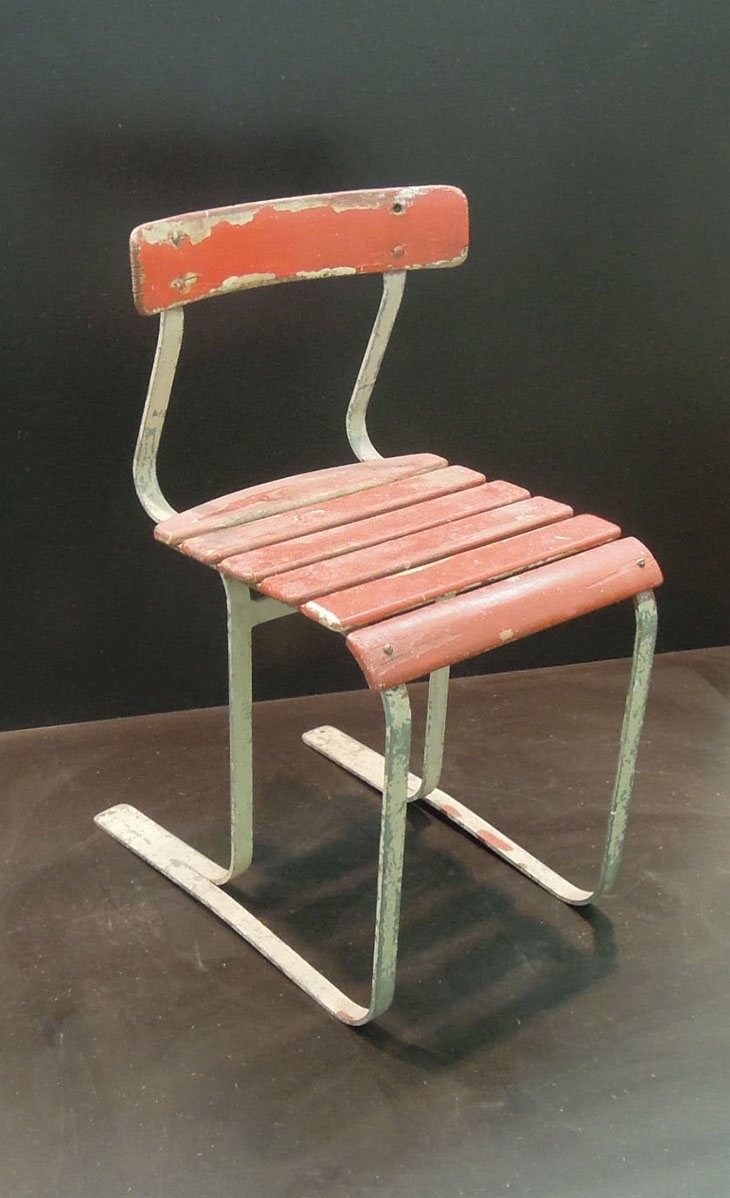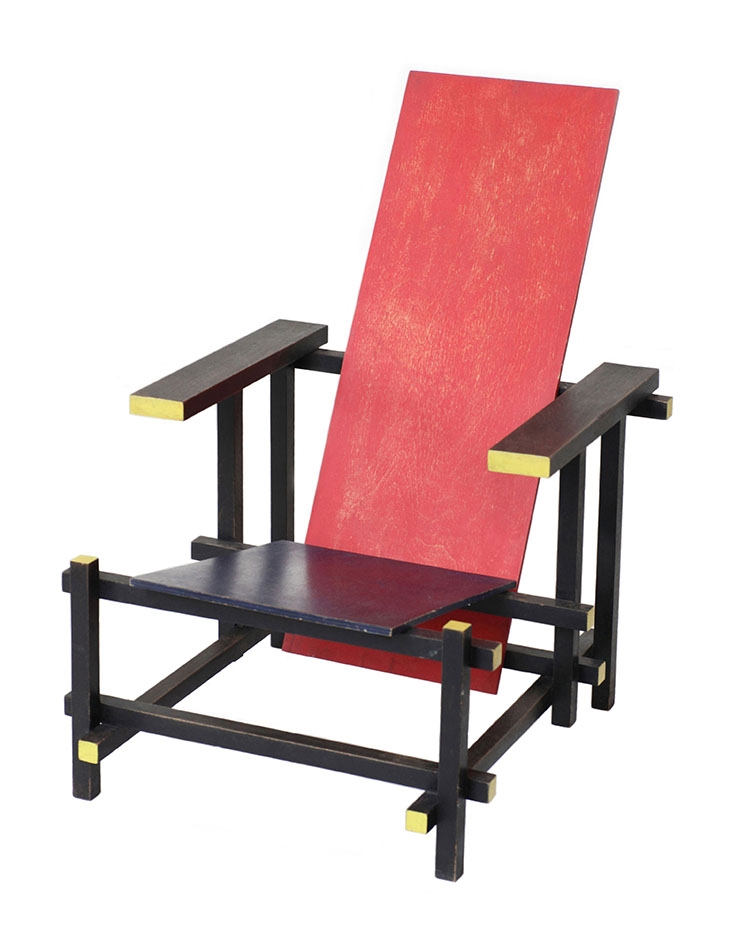“Vintage” is everywhere: recently a new, increased appreciation of old or used things has developed. In an exhibition that explores different layers of meaning the Museum für Gestaltung presents this current trend as a subject for discussion. We have a constant need for new things. This is the life blood of our consumer culture. More recently, however, these new things can also be old and used – or at least look as if they were. “Vintage” is the name given to this movement which originally established itself as an alternative within the consumer culture of the late 20th century but by now has spread to wider sectors of the population and also to certain areas of mass production. “Vintage” stands for the increase in the value of an object that results from aging, selection or shortage – even where these are artifi- cially created. But the term also means a pleasurably creative way of dealing with history and a mixing of styles. For, nothing appears quite as antiquated as a look that is made up entirely of flawless designer pieces. Patina, on the other hand, illustrates an eventful past and makes the mass product into something unique.
The many Facets of Vintage. In an increasingly globalised and anonymous world vintage objects that appear to have lasted and survived the passage of time cater to a widespread longing for nostalgia. They guarantee authenticity. However, the principle of vintage is a complex system with considerable creative and economic potential. The exhibition examines the different, partly contradictory facets of this phenomenon. It presents rare collector’s pieces as well as industrially produced objects that have been artificially aged, retro-models along with brand-new luxury design. It also takes a look at the questionable aspects of our longing for objects with a history. What do we think about “distressed” jeans created by sandblasting? Why do celebrities buy pants that look as if they had been worn by a farmer in the US Mid-West or, what is it that we particularly like about elaborate- ly aged furniture in “shabby chic” style?
From the real Rietveld Chair to the “Used Look” Carpet: The exhibition presents around 100 exceptional vintage pieces from the worlds of fashion, furni- 1/4 ture and product design. A glossary available in the exhibition provides comprehensive infor- mation on the exhibits. In six thematic sections the show tells about the fascination exerted by second-hand goods (using objects from collector Alexander von Vegesack), asks what consti- tutes an original and what exactly lends it its aura (Gerrit Rietveld’s legendary Red and Blue Chair is on display), or shows the mechanisms of the retro-wave of 1960s sports clothing as manifested in the 1980s hip-hop community. Two exhibits were especially commissioned by the Museum für Gestaltung for this exhibition: a film showing how a piece of furniture in shabby chic style is “finished” in India takes up the topic of patina. And the carpet by designer Jan Kath, whose design made according to the traditional knotting technique translates the aesthetic of the “used look” into contemporary textile art, illustrates the conceptual development of ideas about “vintage”. Both pieces – the reasonably priced product from India and the ambitious one from Iran – are intended for Western buyers who have already caught the “vintage” bug. New, old, worn, bleached or treated by sandblasting: in an area of their own jeans are used to show all the different aspects of vintage.
 TEJO REMY CHEST OF DRAWERS, DROOG, 1991, (C) GERARD VAN HEES
TEJO REMY CHEST OF DRAWERS, DROOG, 1991, (C) GERARD VAN HEES MARCEL BREUER METALLBAND-STUHL, MODELL 1082, 1935, (C) EMBRU-WERKE
MARCEL BREUER METALLBAND-STUHL, MODELL 1082, 1935, (C) EMBRU-WERKE GERRIT RIETVELD ROT-BLAUER STUHL, 1953, (C) GALERIE VIVID, ROTTERDAM
GERRIT RIETVELD ROT-BLAUER STUHL, 1953, (C) GALERIE VIVID, ROTTERDAMTrailer “Vintage – Design mit bewegter Vergangenheit”
READ ALSO: NATURALIZING ARCHITECTURE: ARCHILAB 2013